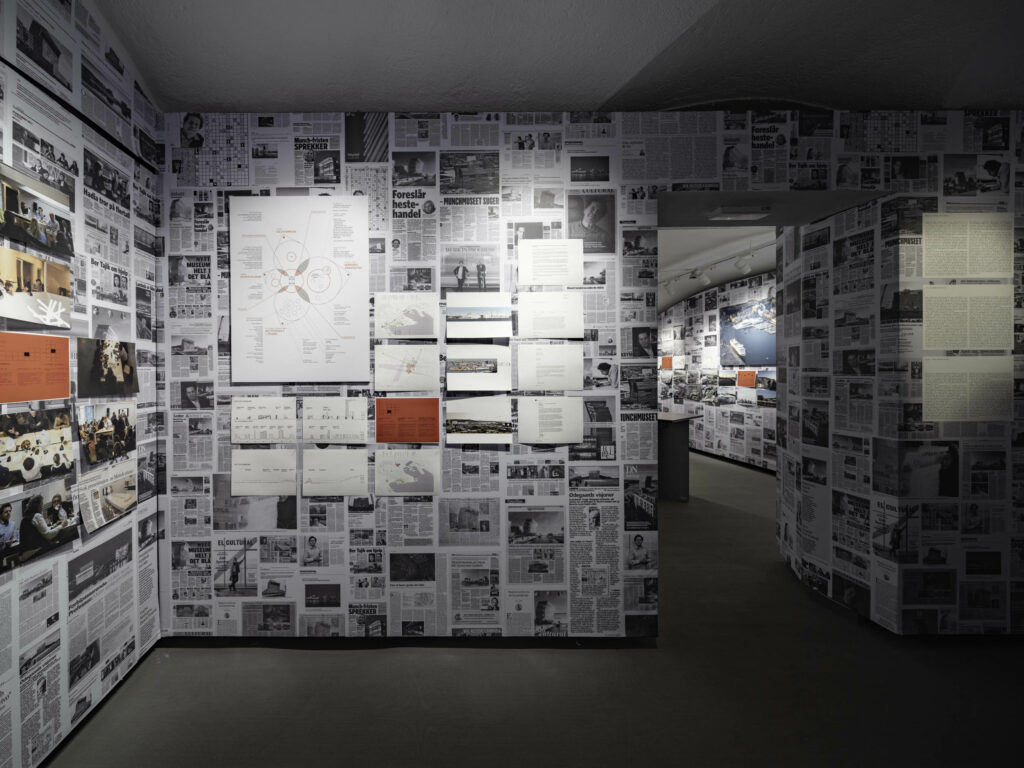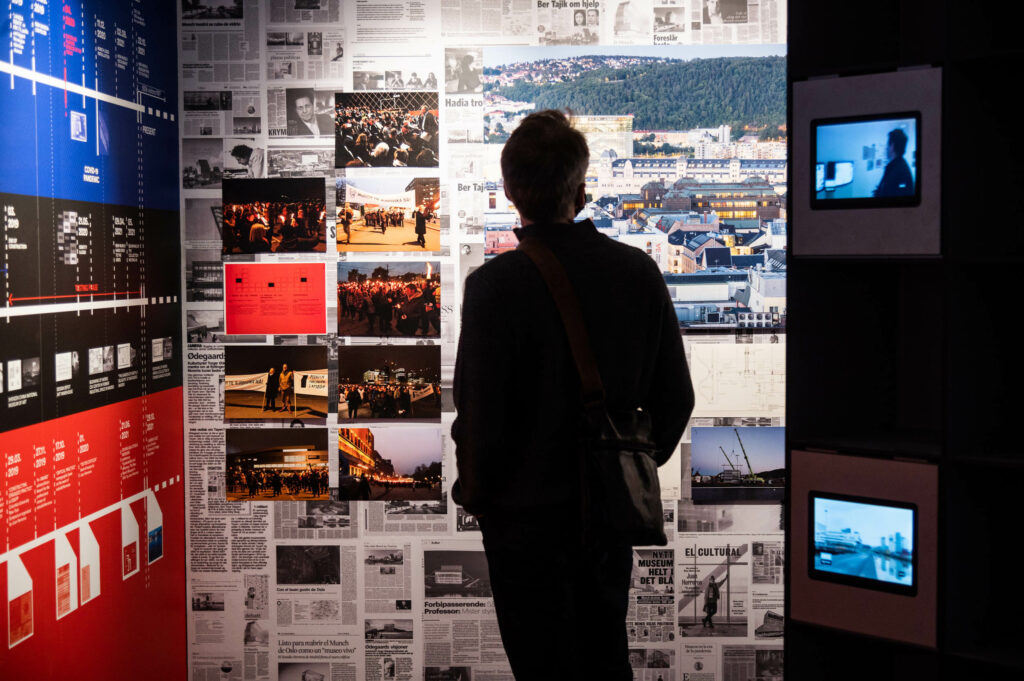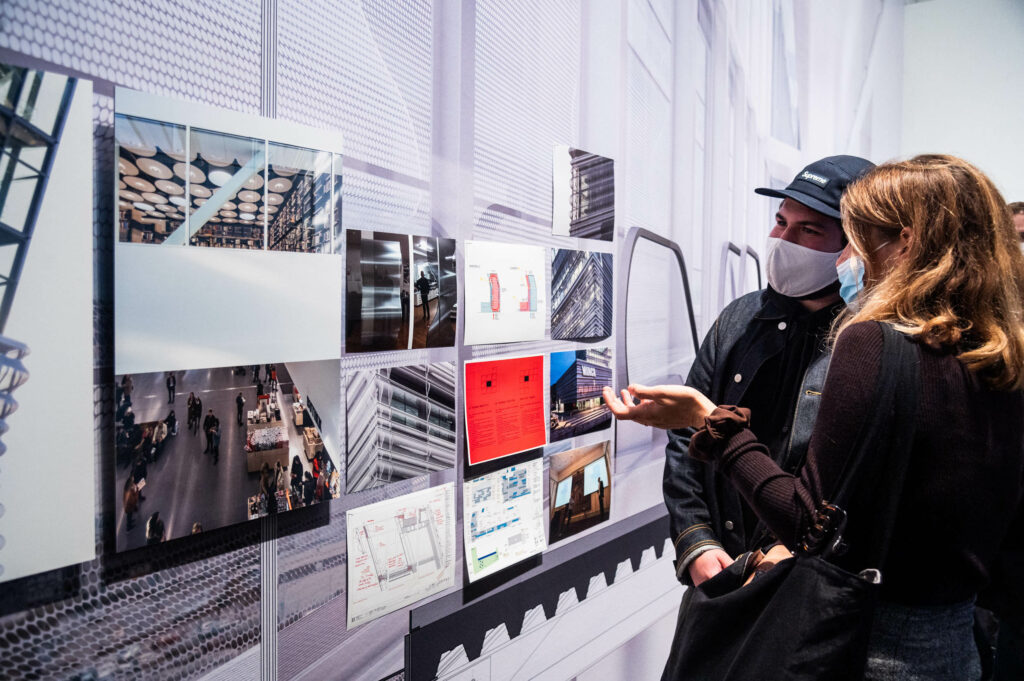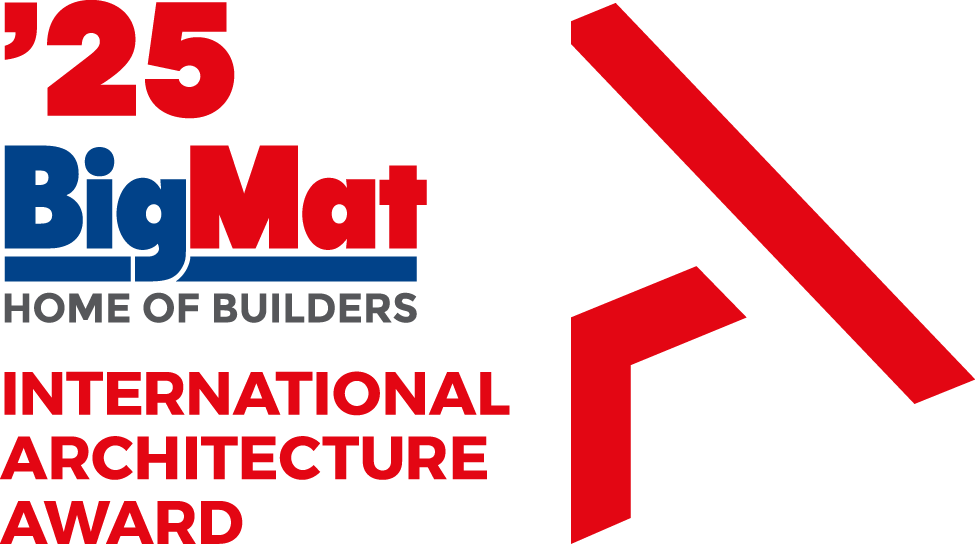Edvard Munch bequeathed his work to Oslo so that it could be housed in a new museum. This exhibition presents for the first time the whole process of design and construction of the building under the supervision of Estudio Herreros until it was inaugurated in October 2021. The exhibition documents a new way of practising architecture, thinking about cultural institutions and creating the city.

The exhibition, which is curated by Valentin Roma and produced by La Virreina Centre de la Imatge in Barcelona, in cooperation with CentroCentro in Madrid, and arc enrêve in Bordeaux, documents the twelve years of work that estudioHerreros has dedicated to the project and construction of the Munch Museum in Oslo.
Practical info
„Lambda Files. The project for the New Munch in Oslo“
October 29, 2021 – February 20, 2022
La Virreina Centre de la Imatge
La Rambla, 99, 08002 Barcelona
Spain
Its opening was programmed at La Virreina in Barcelona just one week after the opening of the building in October 2021, echoing the event that marked its long-awaited premiere.
The name of the exhibition, Lambda Files, was taken from the pseudonym that protected the architects’ anonymity in the international competition and was surprisingly also used by the media until construction of the building began.

The files are a large collection of materials documenting the internal history of the project and are of the type that normally never see the light of day. Most firms of architects consider them to be “paperwork” and even redraw the plans for clean publications that deproblematize the design work.
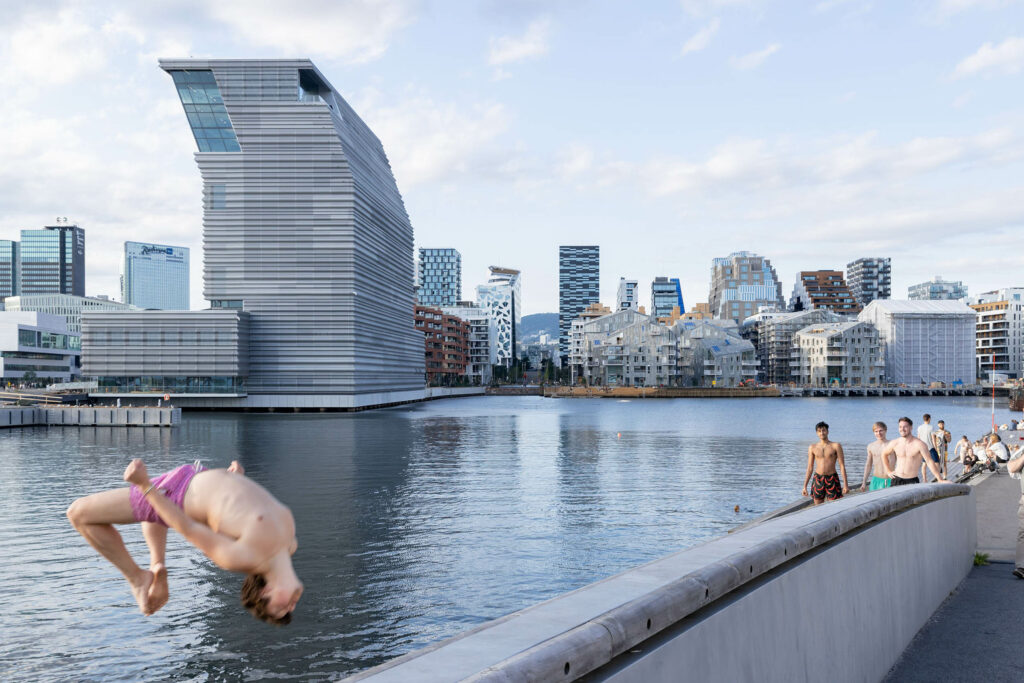

At a time when most museums are rethinking their assignments and their significance for the public, we thought it was necessary to consider a radically different case: that of a museum built from scratch, a cityscape that changes with the emergence of a new architectural element, a cultural facility that takes its meaning from individual and collective uses.
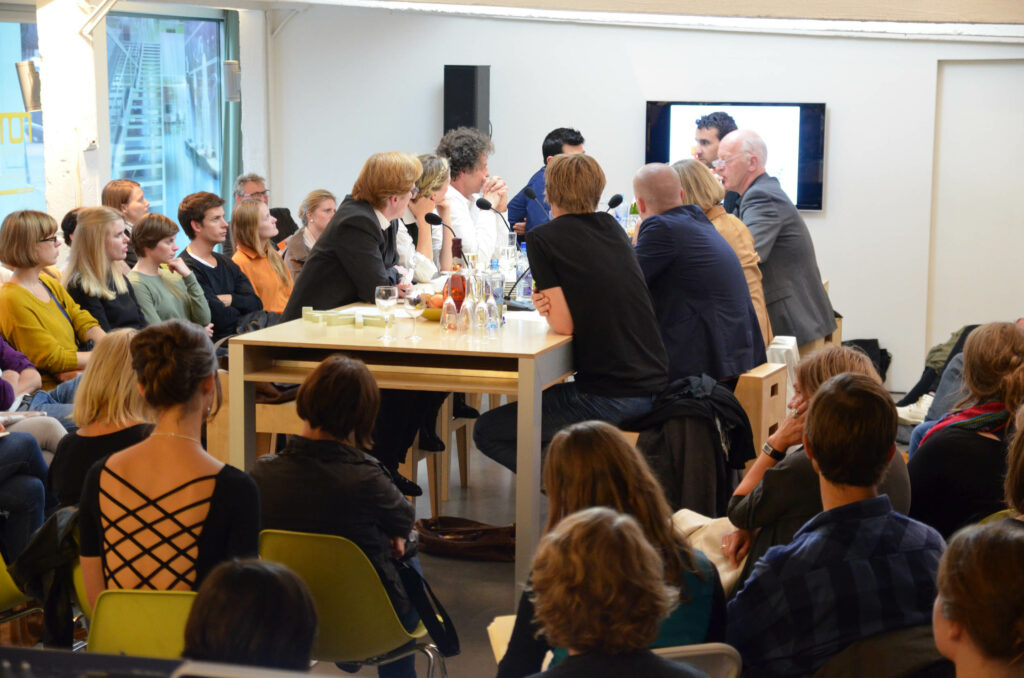

Thus, “Lambda Files. The Munch Museum Project in Oslo” shows how new ways of doing architecture are the result of intense political and social dialogue, of long-term collaborations between a variety of agents. Among the numerous documents, the exhibition presents for the first time the images taken of the building by the architectural photographer Iwan Baan, which show it from a perspective that is not fetishist or objectual but situated and unexpectedly useful.
